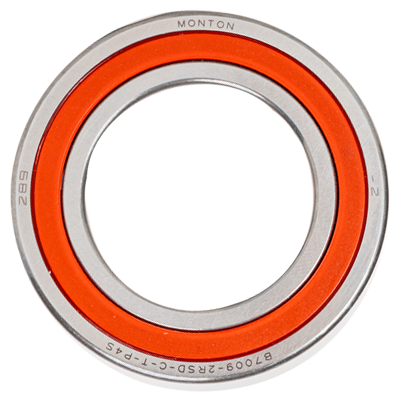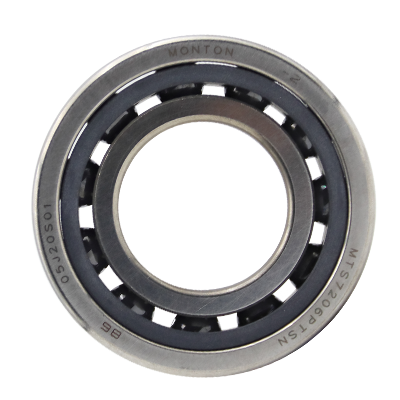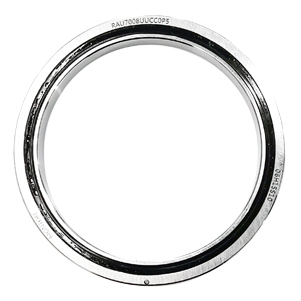High speed wire rolling mill bearings and their applications - use and coordination of bearings
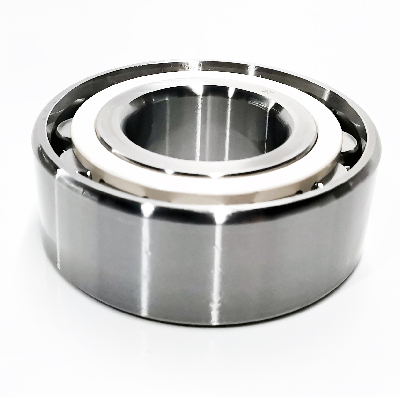
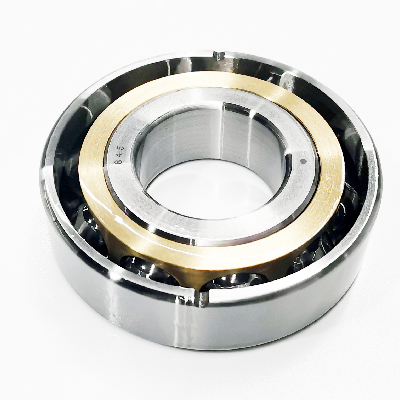
1. High speed wire rolling mill bearings and their applications
In order to meet the increasing demand for construction steel, China's metallurgical industry has introduced dozens of high-speed wire production lines from abroad in recent years, with discharge speeds ranging from 63 to 100 m/s and annual output mostly between 60 × 104 to 100 × 104 tons. Due to the special nature of high-speed wire rolling mill operation, stricter requirements have been placed on the bearings used. This article provides a brief introduction to the working characteristics, structural form, design points, and manufacturing key of high-speed wire rolling mill bearings (hereinafter referred to as high-speed wire rolling mill bearings).
1.1 Performance requirements
(1) High reliability
The most prominent feature of high-speed wire production lines is the high reliability of continuous operation of rolling mills. Due to the high unit output of high-speed wire production lines, it is required that bearings, as key components on the rolling mill, have higher reliability than general rolling mill bearings within the specified inspection cycle. If the bearing malfunctions, it will cause the entire production line to shut down, which the manufacturer cannot tolerate. Therefore, when designing and manufacturing bearings for high-speed rolling mills, it is necessary to ensure their reliability in continuous operation under high-speed operating conditions.
(2) Wear resistance
High speed rolling mill bearings should have strong wear resistance and be able to adapt to high-speed rotating work environments. For example, in a high-speed wire production line with an export line speed of 63m/s and a working diameter of 330mm for the export rolling mill rolls, the working speed of the bearings is 3650r/min. Long term operation under high speed and heavy load will pose a severe challenge to the wear resistance of the bearings. This requires that the supplied bearings must have wear resistance requirements.
(3) Long fatigue life
The fatigue life of bearings in high-speed rolling mills is longer. Under normal circumstances, the bearings of high-speed wire rolling mills provided by foreign countries are used for three years (as half of the time the roller components need to be unloaded for maintenance and repair, the actual working time is one and a half years), so users require domestic bearings to be used for at least two years.
(4) Good impact toughness
The impact toughness of bearings in high-speed rolling mills is good, especially for bearings used in roughing mills. During the process of rolling continuous casting billets into bars, the impact load is very large. Therefore, the bearings of the high-speed wire rolling mill should not rupture when working at high speeds and high impacts.
In summary, the working characteristics of high-speed rolling mill bearings are the ability to work continuously, stably and reliably under high speed and high impact conditions, and have a long fatigue life.
1.2 Bearing structure form
There are two types of bearings for high-speed rolling mills: four row tapered roller bearings and double row cylindrical roller bearings. In general, four row tapered roller bearings are used for rough and medium rolling mills, double row cylindrical roller bearings are used for finishing mills, and the same type of bearings are used for horizontal and lead hammer rolling mills. Whether it is a four row tapered roller bearing or a double row cylindrical roller bearing, its basic structure is similar to traditional rolling mill bearings, but the design of each component fully considers lubrication and heat dissipation issues, that is, there are many grooves, holes, etc. in the inner ring, outer ring, spacer (for four row tapered roller bearings), cage, and rollers (for double row cylindrical roller bearings). In this way, the lubrication and heat dissipation channels formed by grooves and holes, as well as the channels on the bearing seat and rolling mill, form a reliable lubrication and heat dissipation system. Coupled with good sealing devices, the bearings can operate stably in high-speed and high-pressure conditions. Although the design styles of the bearings provided by various manufacturers for high-speed wire rolling mills are different, they all have one common feature, which is that the inner ring wall thickness is slightly thicker compared to ordinary bearings of the same specifications, and the outer ring is relatively thinner.
1.3 Bearing design method
Firstly, adjust the main parameters appropriately based on the operation, service life, failure status, and user requirements of the bearings on each line to achieve satisfactory design results. Secondly, reasonably determine the technical conditions, based on the measured results of similar products, and consider the specific working state of bearings, and propose reasonable technical requirements.
1.4 Manufacturing of bearings for high-speed wire rolling mills
Due to the particularity of high-speed wire rolling mill operation, two aspects of work were mainly carried out during the manufacturing process. The first is the selection of materials and heat treatment processes, and the second is the control of the roughness of the rolling surface. Due to the thicker inner wall and thinner outer wall, some manufacturers specify in their technical documents that the inner ring is made of carburized steel and the outer ring is made of high carbon chromium steel. Correspondingly, the inner ring adopts carburization process, while the outer ring adopts isothermal quenching and tempering process as much as possible, so that the obtained metallographic structure is lower bainite. This treatment takes into account performance indicators such as strength, wear resistance, impact toughness, and fatigue life of the bearing, so that the bearing meets the aforementioned working requirements. In addition, the hardness of the heat treatment also varies depending on the different conditions of the rough, medium, and precision rolling mills. For the rough rolling mill, the speed is relatively low and the impact load is relatively large, so the hardness of the bearing parts is relatively low; For precision rolling mills, the speed is relatively high and the impact load is relatively small, so the hardness of bearing parts is high; The hardness of the bearings used in the rolling mill is in the middle. Through observation and testing analysis, the surface roughness values of the inner and outer rings of the high-speed rolling mill bearings, such as the raceway surface, retaining edge surface, and the rolling surface reference end face of the rollers, are slightly smaller than those of ordinary rolling mill bearings. To this end, measures should be taken in the process to ensure that the surface roughness mentioned above reaches or approaches the level of foreign products.
1.5 Trial use of bearings
Starting from May 1997, 9 models of high-speed wire rolling mill bearings have been trial produced or mass-produced for 3 high-speed wire production lines in China. The vast majority of them have been in good use and there have been no incidents of operation failures leading to the shutdown of the entire line. Among them, in May 1997, the bearings (four row tapered roller bearings) of the intermediate rolling mill installed on the lead hammer rolling mill, which was the first batch of trial production for a certain high-speed line in Southwest China (the working condition of the lead hammer rolling mill is worse than that of the horizontal plane rolling mill), except for one set of bearings that had been running for a period of time and were found to have ruptured outer rings during normal unloading inspection, the remaining three sets did not show any failure such as wear, fatigue, or rupture until June 2000.
1.6 Suggestions
Further development and application of high-speed rolling mill bearings to stabilize their performance at a high level should be carried out from the following aspects.
(1) According to literature, based on experiments and research, a new type of high-performance steel for rolling mill bearings has been smelted, including carburized bearing steel and high carbon chromium bearing steel.
(2) Based on the analysis, research, and comparison of similar products, determine the main parameters according to the usage of bearings and do a good job in product design. In addition, the structural changes of the parts, such as the arrangement of slots and the shape of spacers, cannot be ignored.
(3) Carry out technological breakthroughs to make up for the reality of relatively poor material performance and backward equipment capabilities. The focus is on heat treatment and grinding to ensure the effective depth and hardness uniformity of the carburized layer. The impact toughness of high carbon chromium steel parts, as well as the shape and positional tolerances and surface roughness of the parts, are within a certain precision range.
(4) Develop standardized and detailed installation, debugging, maintenance, and inspection manuals; Send technical personnel to the users to explain the precautions for bearing use to on-site technical personnel and workers, answer questions raised by on-site personnel, and do a good job in after-sales service. Users need to cooperate well with bearing manufacturers.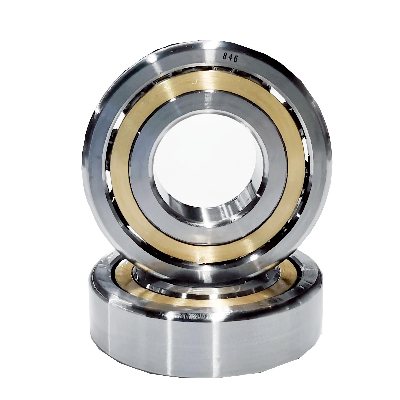
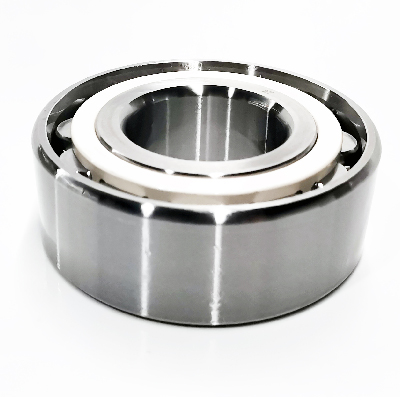
2. Use and fit of bearings
2.1 Use of bearings
Rolling bearings are precision parts, so it is necessary to adopt a cautious attitude when using them. Even if high-performance bearings are used improperly, the expected performance effect cannot be achieved. Therefore, when using bearings, the following precautions should be taken:
(1) Keep the bearings and their surrounding environment clean. Even if invisible smile dust enters the bearings, it will increase the wear, vibration, and noise of the bearings.
(2) When using and installing, it is necessary to be careful and careful, and strong stamping is not allowed. It is not allowed to directly hit the bearing with a hammer, and pressure is not allowed to be transmitted through rolling elements.
(3) Use appropriate and accurate installation tools, try to use specialized tools, and avoid using fabrics and short fibers as much as possible.
(4) To prevent rusting of bearings, when directly taking bearings by hand, it is necessary to thoroughly wash the sweat on the hands and apply high-quality mineral oil before operation. Special attention should be paid to rust prevention during the rainy season and summer.
(5) The selection of fit: The inner and outer diameter dimensions of rolling bearings are manufactured according to standard tolerances. The tightness of the fit between the inner ring of the bearing and the shaft, as well as the fit between the outer ring and the seat hole, can only be achieved by controlling the tolerances of the shaft neck and the seat hole. The fit between the inner ring of the bearing and the shaft adopts a base hole system, while the fit between the outer ring of the bearing and the seat hole adopts a machine shaft system. Choosing the right fit requires knowing the actual load conditions, operating temperature, and other requirements of the bearing, which is actually very difficult. Therefore, in most cases, the selection of cooperation is based on the use of precision research.
(6) The magnitude of the load between the collar and the shaft or casing depends on the magnitude of the load. For heavier loads, a larger overload is used, while for lighter loads, a smaller overload is used.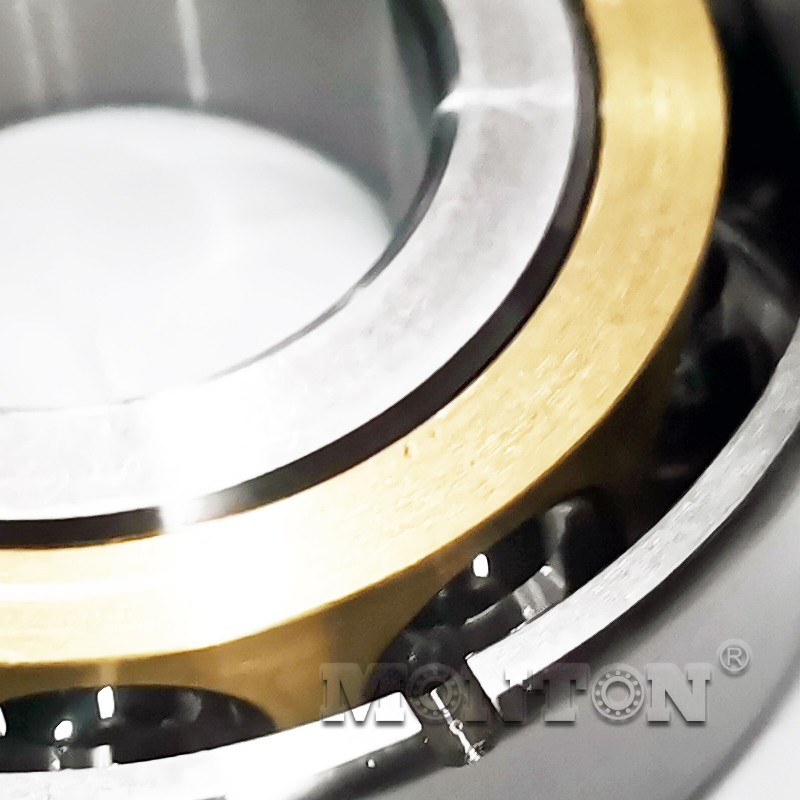
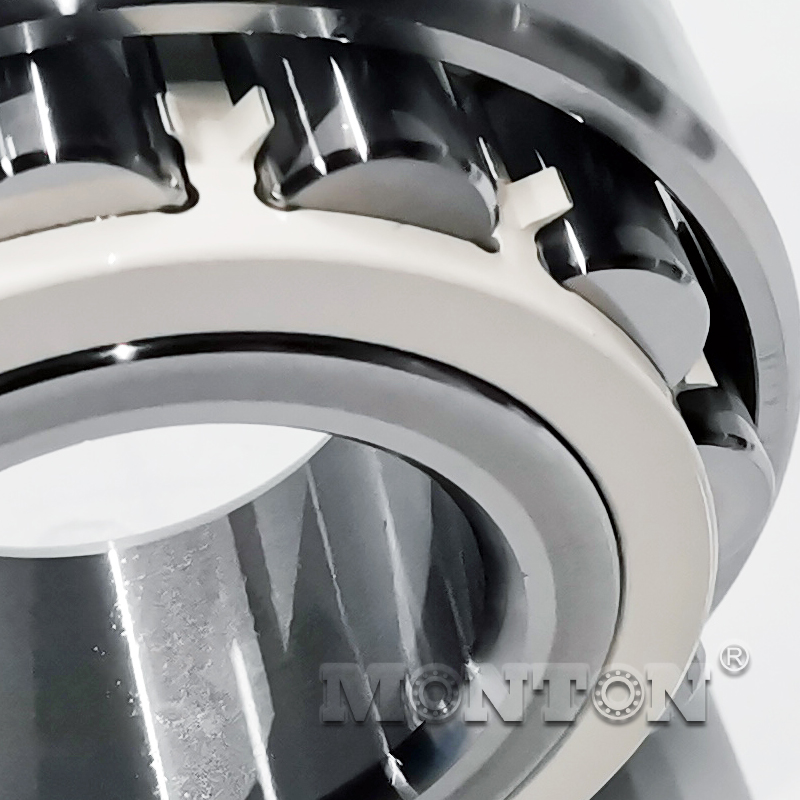
3. New Applications of Lubricating Bearings
3.1 SF-2 boundary lubricated bearing:
Acidic polymethylglyoxal has high wear resistance, and the bearing surface is arranged in a regular pattern with oil storage pits. When assembling, it must be coated with lubricating grease, especially suitable for rotating and swinging movements under high and low loads, as well as parts that are often opened and closed under load and are not easy to form fluid lubrication. Under boundary lubrication conditions, it can be used for a long time without refueling and maintenance, and refueling during the process can extend the service life of the bearing. Currently, it is suitable for metallurgical machinery, mining machinery, water conservancy machinery, automotive parts, construction machinery, agricultural machinery, etc.
3.2 Oil free self-lubricating bearings:
This product is made from a steel plate as the substrate, with a sintered spherical bronze powder in the middle layer and a mixture of polytetrafluoroethylene and lead rolled on the surface layer. It has the characteristics of low friction coefficient, wear and corrosion resistance, oil-free self-lubricating, and long service life. Using it can reduce costs, reduce noise, and prevent sticking and slipping. It is widely used in various sliding parts of machinery such as printing machines, textile machines, hydraulic transport vehicles, tobacco machines, pharmaceutical machinery, fitness equipment, micro motors, cars, motorcycles, etc.
3.3 Metal based embedded solid self-lubricating bearings:
It is a novel lubricating bearing that combines the characteristics of metal bearings and self-lubricating bearings. The metal matrix bears the load, and a special formula of solid lubricating material plays a lubricating role. It has the characteristics of high load-bearing capacity, impact resistance, high temperature resistance, and strong self-lubricating ability.
3.4 Traditional oil bearing:
Due to its advantages of low noise and self-lubricating, oil bearing has become a new favorite of computer CPU fan bearings, with high market demand; In addition, with people's increasing demand for noise, the application of oil bearings in daily household appliances is also expanding.
Previous: Monton bearing official homepage
Next: What are the advantages of cross roller bearings in high-speed rotating equipment?


 English
English Russian
Russian Chinese
Chinese



